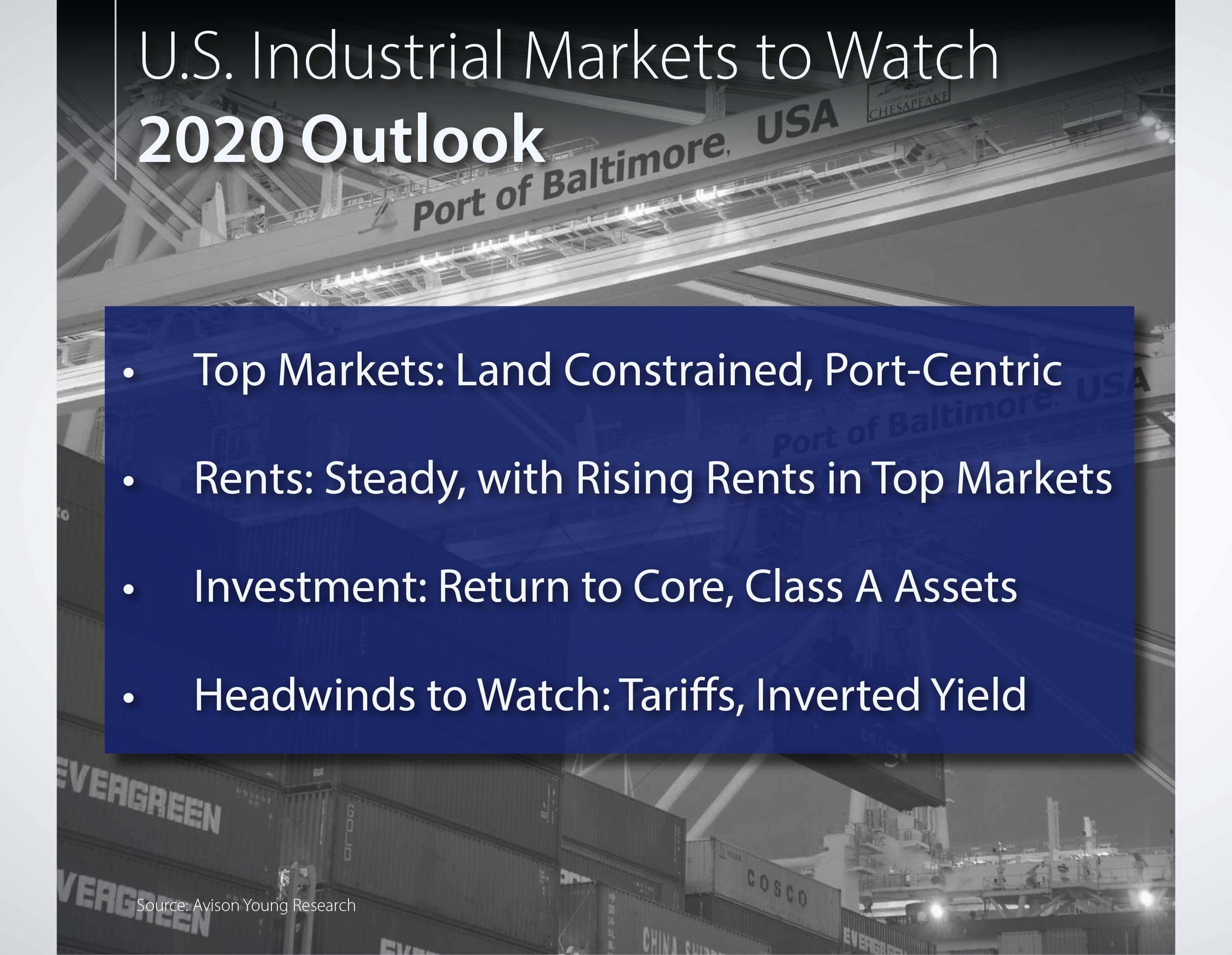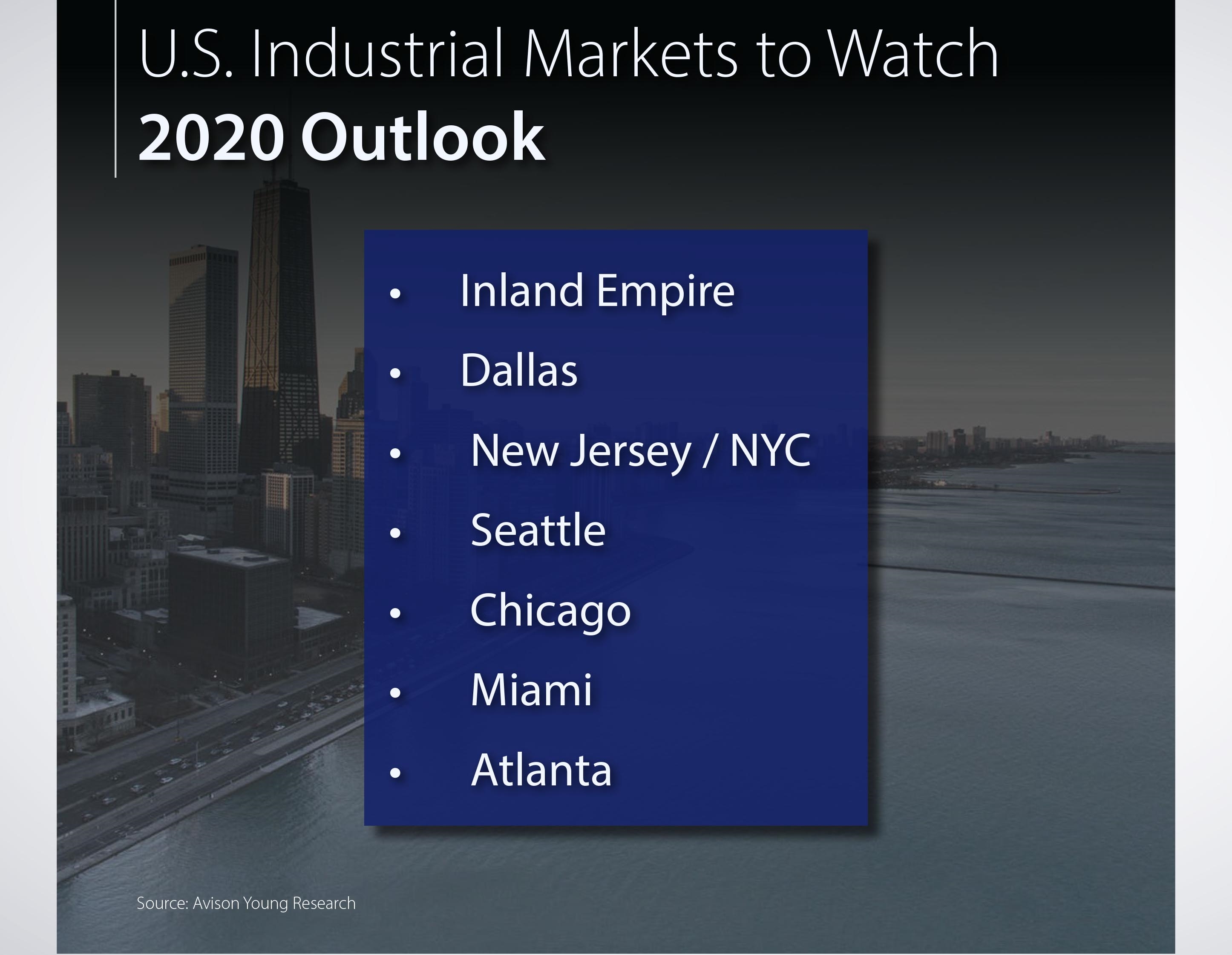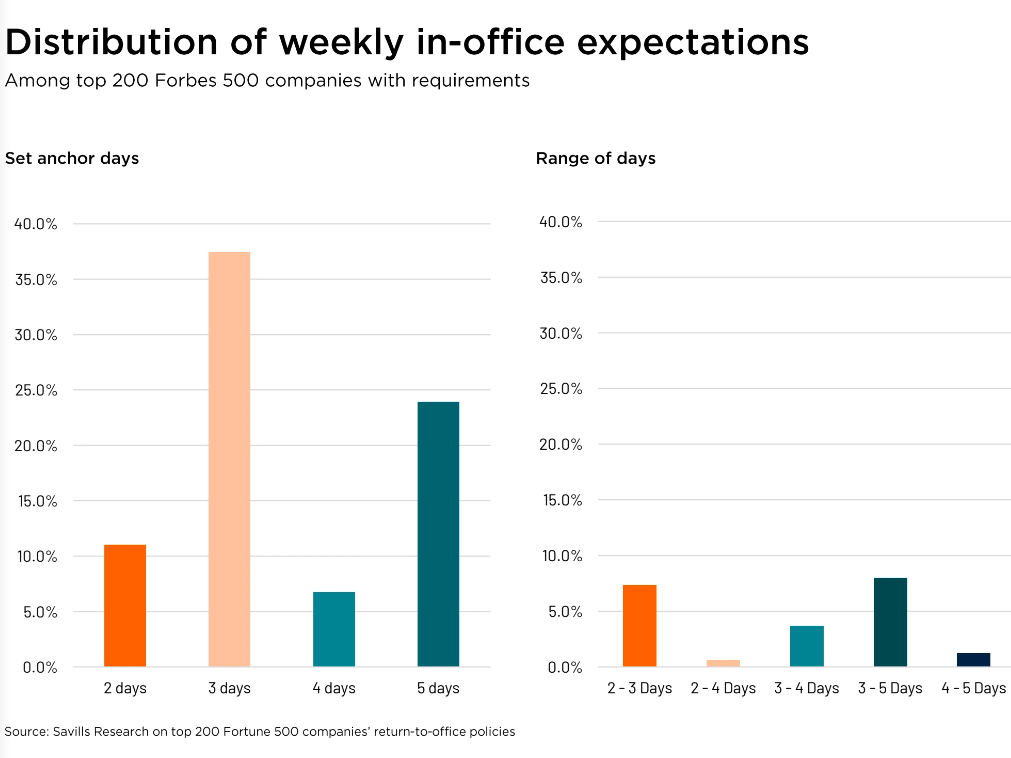Industrial Outlook Calls for Steady Growth in 2020
At a conference organized by Avison Young, industrial executives shed light on strategies for success in the late-cycle market.
Despite concerns about the long-term impact of tariffs and the potential for an economic downturn, the outlook for the U.S. industrial sector heading into 2020 remains positive, according to industry executives who spoke at the recent Avison Young U.S. Industrial Summit in Chicago.
READ ALSO: Market Pulse: US Industrial Sector Still Solid
The sector experts cited low vacancy rates and rising rental rates among reasons why industrial is expected to remain one of the top commercial real estate investment classes. Erik Foster, Avison Young principal & leader of the firm’s U.S. industrial capital markets group, also pointed to corporate supply chain expansion and the sector’s ability to generate stable returns without the volatility seen in some other asset classes.
Foster noted in a statement about the summit that industrial investors are focusing on reducing risk and returning to core investments that provide steady income growth. The two-day summit was attended by Avison Young real estate professionals and leaders from global supply chain, development and investment firms.
Clint Miller, Avison Young principal & global director of affinity groups, stated the industrial sector has experienced significant growth over 10 years driven by e-commerce and the realignment in the supply chain that have changed the way businesses use industrial space and deliver goods.
While they expressed optimism about the ongoing strength of the industrial sector, those gathered at the summit did address headwinds that could limit growth, including overbuilding and rent stagnation in some markets and the inverted yield curve that may indicate a future recession.
The industrial CRE executives said strategies to minimize risk in the late stage of this economic cycle include a focus on core, Class A assets. Timothy Walsh, partner & CIO at Dermody Properties, stated the best defense against a market downturn is having the best product in the best locations. Walsh said Dermody is very active in Seattle, Phoenix and Portland. He said the firm is optimistic about the outlook for other West Coast markets as well as Atlanta and Dallas.
Shift to ports, coastal markets
Jojo Yap, CIO & co-founder of Chicago-based First Industrial Realty Trust, an owner, operator and developer, noted his firm has shifted its portfolio in recent years to coastal markets where they see the potential for higher rental rates. Yap said about 20 percent of the firm’s portfolio is now in Southern California.
Overall, coastal, high-barrier markets represent more than 40 percent of the portfolio income, he added. Yap cited rent increases of 40 percent or more on property rollovers in the South Bay of Los Angeles and more than 25 percent in Miami.
Jim Clewlow, CIO of CenterPoint Properties, a CRE firm that specializes in acquiring land and facilities near ports, noted the firm focuses on nine port-centric markets, including Seattle, Los Angeles, Miami, Oakland, Calif., and New Jersey. Clewlow said markets with proximity to ports that have low vacancy rates and strong rental rates should continue to do well in 2020.
Even though ports are seeing some drop in activity due to the tariffs on Chinese goods, the expansion in U.S. e-commerce is creating strong demand for industrial space for warehouses, distribution and logistical operations. Ports benefiting from the e-commerce push include the ports of Los Angeles and Long Beach in California as well as Miami, Houston and Savannah, Ga. Other top markets to watch in 2020 include the Inland Empire in California, Dallas, New Jersey and New York City, Seattle, Chicago and Atlanta.










You must be logged in to post a comment.